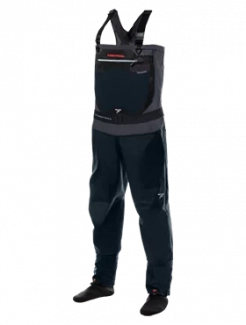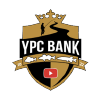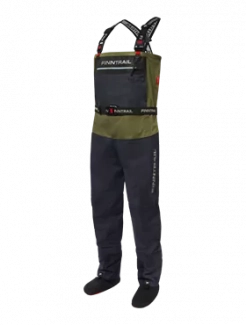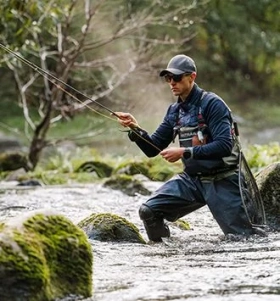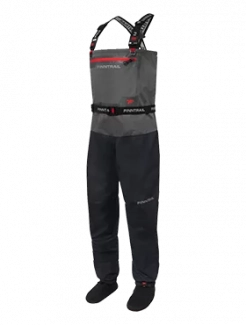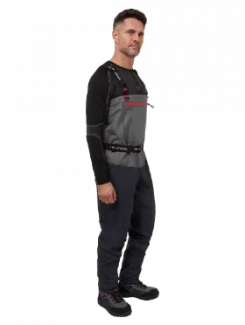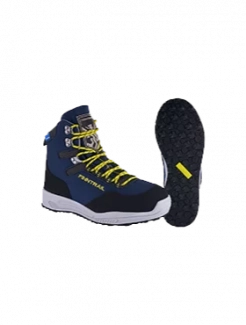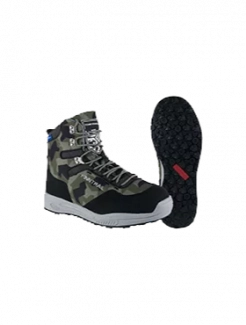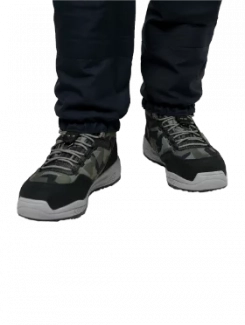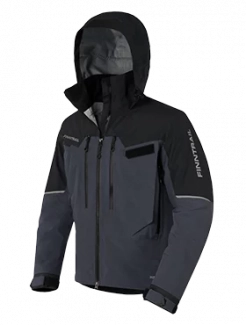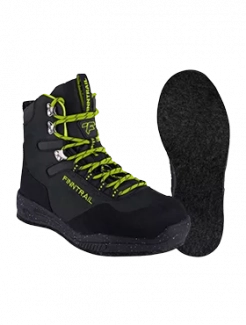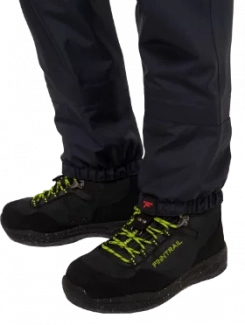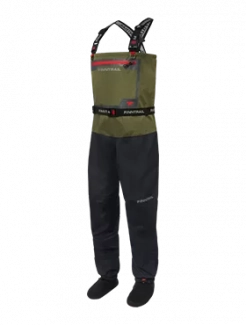How to Catch Salmon: Proven Tips and Techniques
Catching wild salmon is a thrilling challenge for anglers of all skill levels. From the wild rivers to the scenic lochs, understanding local salmon behavior, legal regulations, and using the right techniques can greatly enhance your success. This guide explores where to catch salmon, the best bait and lures, and expert strategies for both river and coastal fishing.
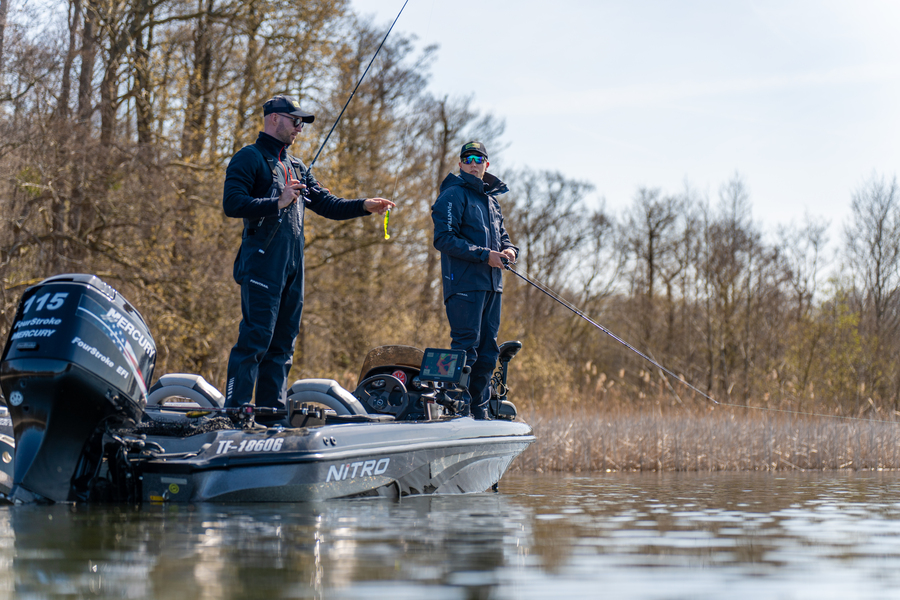
Where Can You Catch Salmon in Europe?
Atlantic salmon are the primary target species. These fish are anadromous: born in freshwater, they migrate to the North Atlantic Ocean and return to spawn in their home rivers. Prime salmon waters are found in:
-
Scotland – Rivers such as the Tay, Tweed, and Spey
-
Norway – Notably the Gaula, Orkla, and Alta rivers
-
Ireland – The Moy, Blackwater, and River Slaney
-
Iceland – A hotspot for pristine salmon rivers like the Laxá and Norðurá
-
Skeena River, British Columbia – Remote, scenic, and home to all five Pacific salmon species.
-
Miramichi River, New Brunswick – One of the world’s best rivers for Atlantic salmon.
-
Campbell River, Vancouver Island, BC – Renowned for both ocean and river salmon fishing.
-
Restigouche River, Quebec/New Brunswick border – Premier destination for trophy Atlantic salmon, often fished by fly.
Best Places to Catch Salmon in Freshwater
European salmon rivers are typically fast-flowing and rich in structure. Look for:
-
Deep pools and glides where salmon rest
-
Natural cover like submerged rocks and overhanging banks
-
Strong runs and riffles during the upstream migration
Can You Catch Salmon in the Seae?
Estuaries and coastal areas near river mouths — especially in Norway and parts of Iceland — offer opportunities. Most anglers focus on river mouths during the early part of the migration.
Best Seasons for Salmon Fishing
The timing of salmon runs varies by country and river, but general patterns include:
-
Spring (April–June): Early-season runs, particularly in Norway and Scotland
-
Summer (June–August): Peak season in most regions
-
Autumn (September–October): Late runs, especially in Ireland and Northern Europe
Iceland often offers some of the earliest and most consistent summer runs due to its unique climate and short rivers.
Tips for Catching Salmon in Rivers
European salmon often stop feeding upon entering freshwater, so presentation and persistence are crucial. Tips include:
-
Use stealthy approaches to avoid spooking fish
-
Target holding pools early in the day or at dusk
-
Swing flies or lures across the current to provoke reaction strikes
Best Bait to Catch Salmon
While many rivers are fly-fishing only, bait is allowed in some areas. Where permitted, the most effective baits include:
-
Salmon roe – Where legal, highly effective
-
Prawns and shrimp – Especially in Ireland
-
Worms and nightcrawlers – Often used in Norway and Scotland
-
Artificial baits – Like imitation eggs or scented soft baits
Check local rules carefully — bait fishing is heavily restricted in many conservation rivers.
Best Lures to Catch Salmon in Rivers
If bait isn't allowed or not producing, lures can be extremely effective. Some top options include:
-
Spinners – Mepps Aglia or Blue Fox Vibrax
-
Spoons – Toby, Rapala Minnows, or Flying C
-
Plugs – Rapala Jointed, Countdown, or original Floaters
-
Tube Flies – Especially effective in fly-only waters
Swinging these lures through holding water often triggers strikes from territorial salmon.
Best Methods for Coastal Salmon Fishing
Where coastal fishing is allowed, the best methods include:
-
Spinning from rocky shores or piers with metal spoons or spinners
-
Trolling from boats using plugs or bait behind flashers
-
Casting into estuaries during early migration tides
Baitfish like herring, sandeel, and mackerel are commonly used where local regulations permit.
Essential Gear Tips
-
Rod & Line – A strong 9–11 ft rod with 8–10 weight line for fly fishing or a 20–30 lb test spinning setup
-
Reel with solid drag – Salmon are powerful and require robust gear
-
Waders and polarized sunglasses – Essential for river fishing and spotting holding fish
-
Braided or fluorocarbon line – For strength and abrasion resistance
Bonus Tips for European Salmon Fishing
-
Time your casts – Dawn and dusk are prime times
-
Respect water temperature – Salmon are more active in cooler conditions (10–15°C)
-
Rotate pools – Don’t overfish one spot; salmon are constantly on the move
-
Follow local etiquette and beat rules – Especially in Scotland and Iceland
Avoid These Common Mistakes
-
Underestimating river flows – Proper casting angles and control matter
-
Using inappropriate gear – Light tackle won’t cut it for Atlantic salmon
-
Not checking local rules – Permits, bait bans, and catch limits vary widely
-
Ignoring water clarity – Match your lures or flies to the conditions
Final Thoughts
Salmon fishing in Europe is steeped in tradition and offers some of the most scenic and rewarding angling in the world. From the rivers of the Scottish Highlands to Norway’s remote valleys, understanding the behavior of Atlantic salmon, local regulations, and effective tactics will set you up for success.
Tight lines and good luck on the water!

